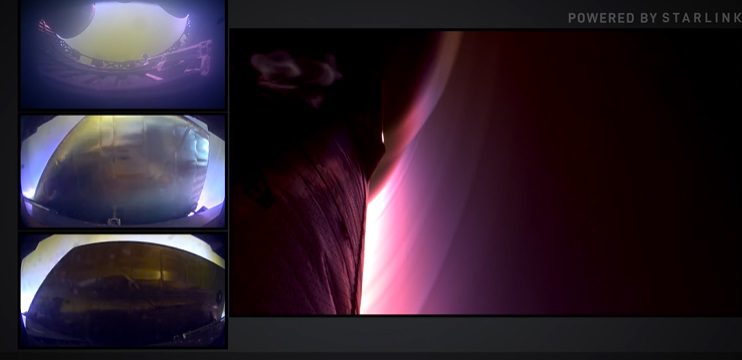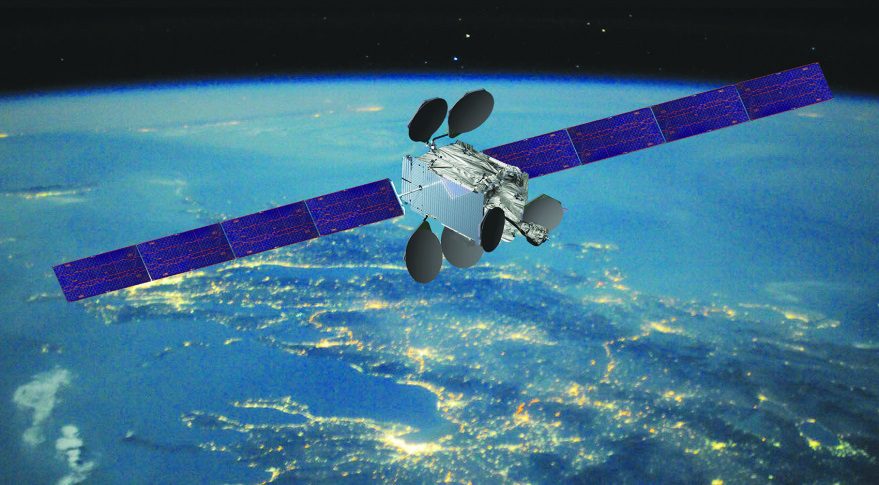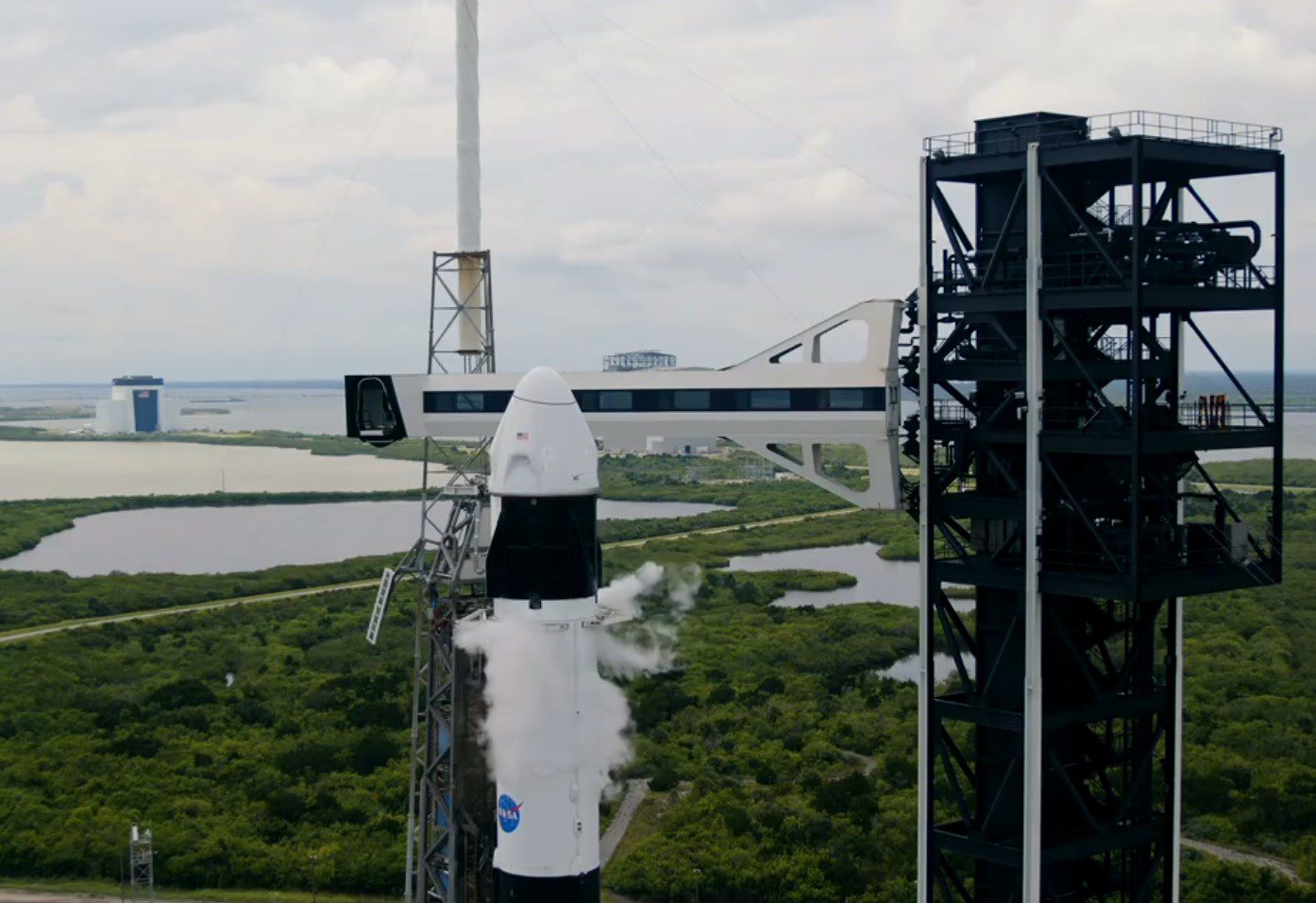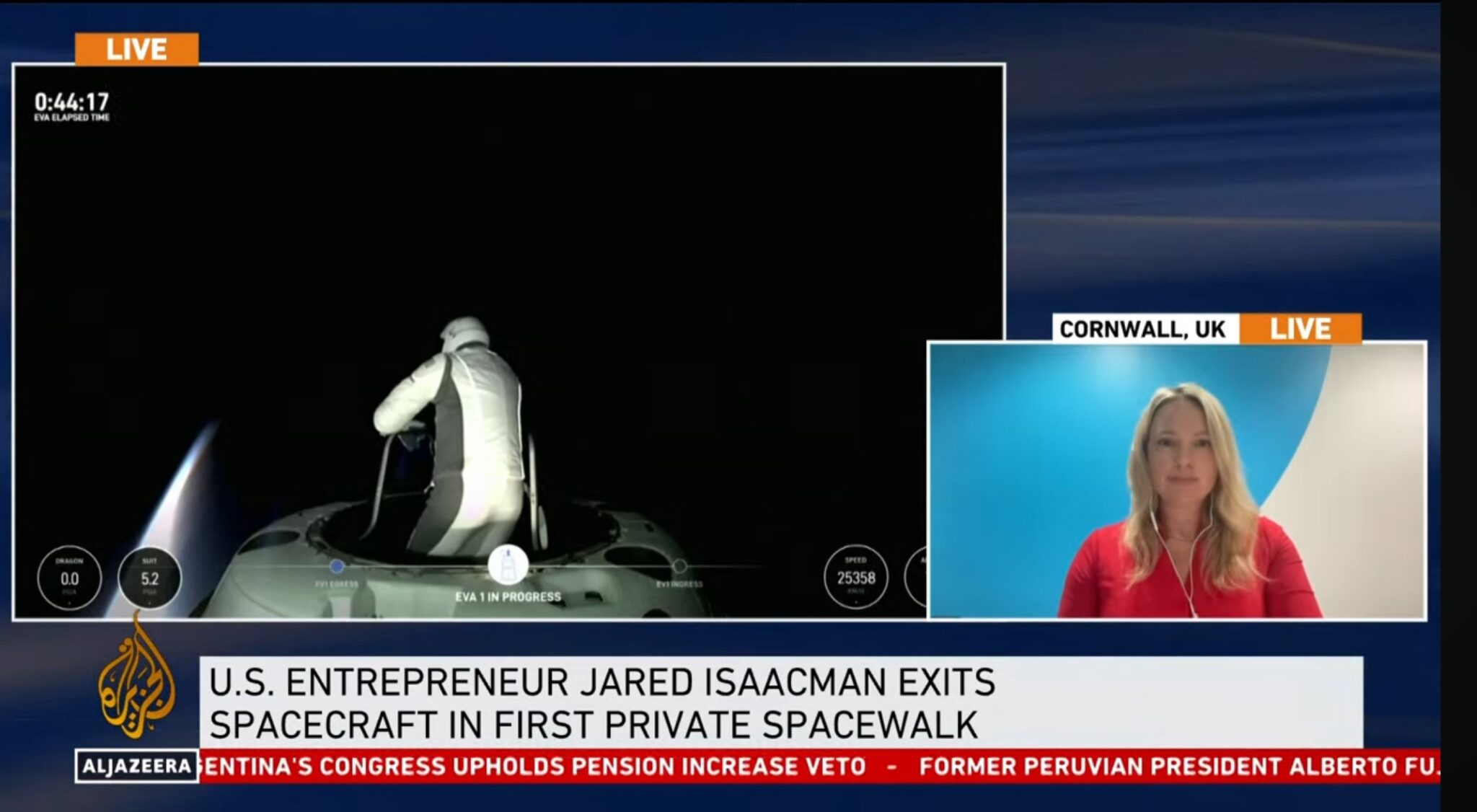China successfully launched the Tianwen-1 mission on a Long March 5B launch vehicle at 0441 GMT on 23 July. The rocket was launched from the Wenchang Satellite Launch Center on Hainan Island, China. Tianwen-1 consists of an orbiter and a rover to study the planet Mars. The spacecraft are expected to arrive at Mars in February 2021.
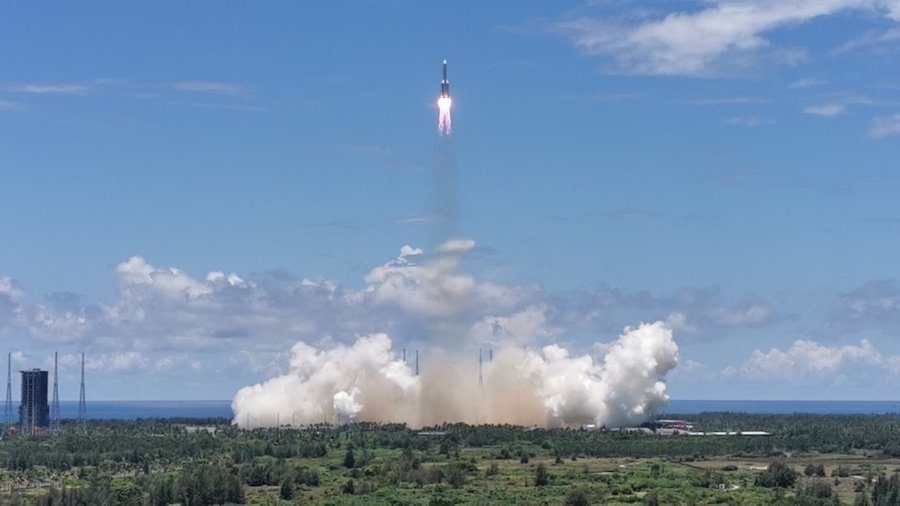
Tianwen-1 mission is launched on its way to Mars by a Long March 5B (CZ-5B) rocket. Courtesy: Xinhua
While China has had significant success with its human spaceflight and Chang’e lunar probe and rover space programmes, there was one embarrassing gap: Mars. A previous attempt at launching its small Yinghuo 1 orbiter to the planet as a “hitchhiker” failed. This utilised the Russian Proton rocket-launched Phobos-Grunt mission, but was ended by a host spacecraft-related launch failure in late 2011.
The embarrassment was exacerbated that its regional competitor India had managed to join the previous superpowers the USA and Russia with its Mars Orbiter Mission (MOM), which was launched in late 2013.
Worst of all, it has just beaten to the punch by the United Arab Emirates whose Hope orbiter mission to the planet was launched just a few days before on 19 July. In other words, China will now be the fifth space nation to reach Mars rather than its hoped for fourth.
Nevertheless, it has to be realised that the Chinese Tianwen-1 is a much superior mission to Hope, which only involves an orbiting probe spacecraft. The Chinese mission also includes the landing of a Mars rover. To date, only the USA has successfully managed to land a rover on the planet. Russia has had several failures. It did manage to land a exploratory landing craft Mars 03 on the planet in 1971 but it only worked for 20 seconds before telemetry was cut.

